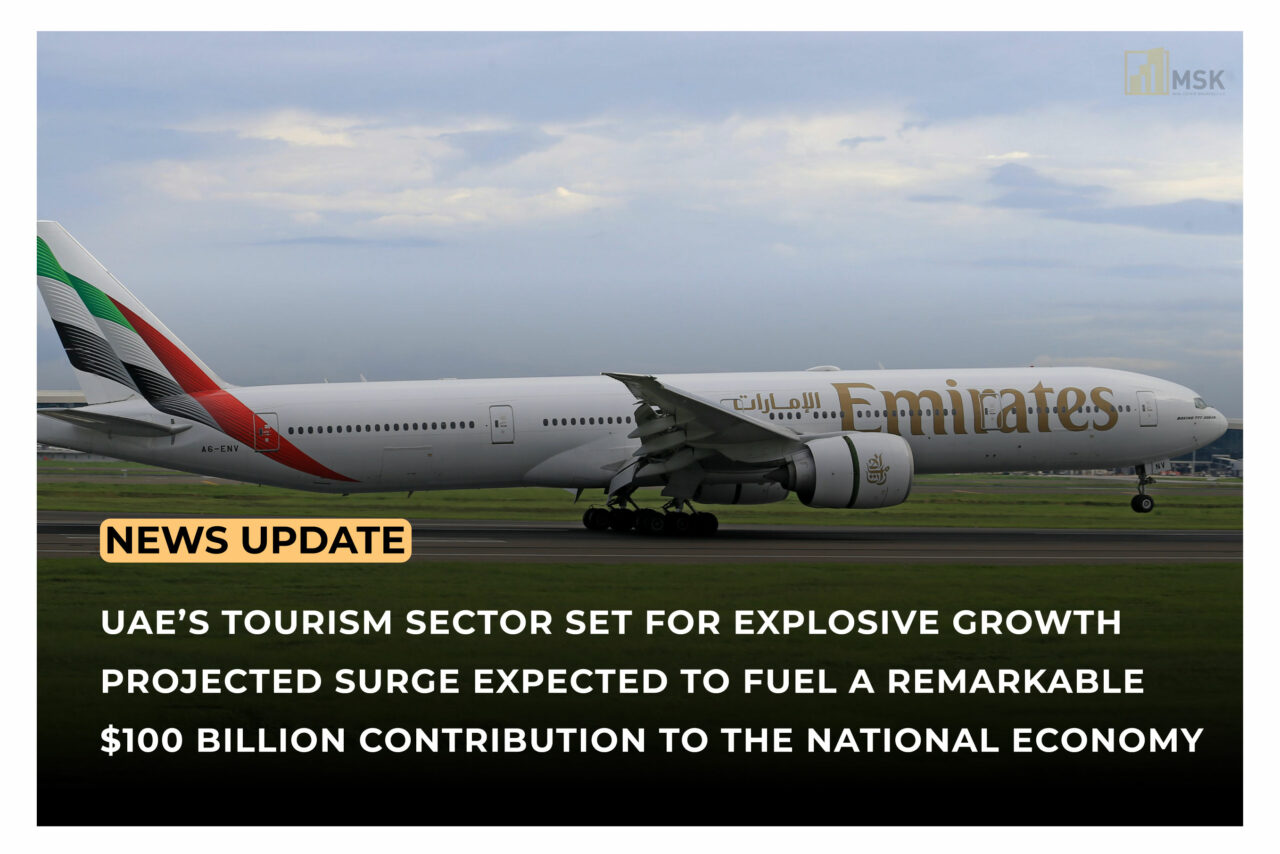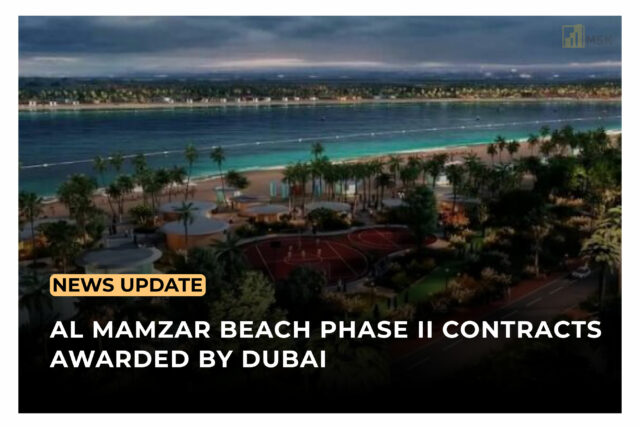
UAE Visa Reforms and Relaxed Entry Requirements: Driving $100 Billion in Tourism by 2030
The United Arab Emirates (UAE) continues to be a top destination for luxury travel and international tourism. However, its latest visa reforms and relaxed entry requirements are poised to take the tourism sector to new heights. By making travel more accessible for visitors from various countries, the UAE is encouraging spontaneous trips, longer stays, and increased spending. These reforms are a key part of the broader UAE Tourism Strategy 2031, which aims to position the country as one of the world’s top travel destinations, driving $100 billion in tourism contributions by 2030.
In this article, we’ll explore how these reforms are transforming the tourism landscape, spurring economic growth, and enhancing the UAE’s appeal on the global stage.
How UAE Visa Reforms and Relaxed Entry Requirements Simplify Travel
The UAE has recently introduced major changes to its visa policies, making it easier for international travelers to visit the country. With UAE visa reforms and relaxed entry requirements, tourists from many regions now enjoy streamlined visa processes. The expansion of visa-on-arrival options has removed many bureaucratic hurdles, allowing visitors to secure entry without prior application.
Additionally, the multi-entry five-year tourist visa offers travelers the flexibility to enter the UAE multiple times without needing to reapply, making the country an attractive option for repeat visits. These reforms encourage not only leisure tourism but also business travel, as the simplified process helps attract professionals attending international conferences, exhibitions, and other events.
The Economic Impact of Visa Reforms on Tourism
The UAE visa reforms and relaxed entry requirements are expected to significantly boost the economy. According to recent market studies, tourist expenditures are projected to rise dramatically, from $48 billion in 2023 to $100 billion by 2030. This surge in spending is expected to benefit multiple sectors, including retail, hospitality, and food and beverage.
These reforms are part of the UAE’s Tourism Strategy 2031, which aims to increase the sector’s contribution to the GDP to over $123 billion by 2031. The increased ease of travel has already led to a sharp uptick in the number of visitors, with over 40 million tourists expected by 2030. These visitors contribute to the economy by staying in the country’s luxury hotels, shopping at high-end malls, and dining at world-class restaurants.
Hospitality Sector Benefits from Increased Tourist Inflows
The UAE’s hospitality industry is one of the biggest beneficiaries of UAE visa reforms and relaxed entry requirements. Nearly 45% of tourist spending is allocated to hotels and resorts, according to recent reports. The country’s iconic luxury hotels, beachfront resorts, and opulent desert retreats are all part of the appeal that draws millions of tourists each year.
Moreover, as visa processes become more streamlined, tourists are not only more likely to visit but also to stay longer. These extended stays lead to increased spending, not only in accommodation but also in food, entertainment, and other services. Tourists often seek to experience the full spectrum of what the UAE has to offer, from the bustling streets of Dubai to the cultural landmarks of Abu Dhabi.
Retail Boom Driven by Increased Tourism
Another sector that stands to gain from the influx of tourists is retail. The UAE has long been a popular destination for shopping, with massive malls and luxury boutiques catering to both local and international tastes. Fashion is the leading category for tourist spending, making up over 70% of retail expenditures. Electronics, too, are growing in popularity, with a projected 9% compound annual growth rate (CAGR) between 2023 and 2028.
The UAE visa reforms and relaxed entry requirements have allowed tourists to spend more time in the country, giving them ample opportunity to indulge in the UAE’s famed tax-free shopping. This makes the country a top destination for fashion-conscious tourists who seek luxury brands at competitive prices. As tourists continue to flock to the UAE, the retail sector is expected to see significant growth, contributing an estimated $18 billion to the economy by 2030.
Spontaneous Travel: A Growing Trend
The ease of entry introduced by UAE visa reforms and relaxed entry requirements has also given rise to a new trend—spontaneous travel. Tourists who might have been deterred by complicated visa processes in the past are now more likely to book last-minute trips to the UAE. This trend is particularly noticeable among travelers from neighboring countries in the Middle East and South Asia, where shorter travel times and cultural similarities make the UAE a convenient getaway.
Spontaneous trips often lead to shorter stays but more frequent visits, resulting in higher overall tourist numbers. These visitors explore various parts of the UAE, including less tourist-heavy regions like Ras Al Khaimah and Fujairah, contributing to the growth of regional tourism as well.
How Relaxed Visa Requirements Attract Business Travelers
The UAE visa reforms and relaxed entry requirements aren’t only beneficial for leisure travelers; they have also made the UAE a top destination for business tourism. The country regularly hosts major international events, conferences, and exhibitions, attracting professionals from all over the world. Simplified visa processes mean business travelers can easily attend these events without the hassle of lengthy application procedures.
By offering multi-entry visas, the UAE is able to encourage repeat visits from business travelers, many of whom extend their stays to explore the country’s tourist attractions. This crossover between business and leisure tourism, sometimes referred to as “bleisure” travel, is becoming increasingly common, contributing to the UAE’s overall tourism growth.
Looking Ahead: The Future of UAE Tourism
The future of the UAE’s tourism sector looks exceptionally promising, thanks to the ongoing UAE visa reforms and relaxed entry requirements. By making the country more accessible to international visitors, the UAE is well on its way to achieving its ambitious tourism goals. As part of the Tourism Strategy 2031, the government plans to continue investing in infrastructure, cultural landmarks, and new experiences that cater to diverse types of tourists.
For example, eco-tourism projects in the deserts, luxury mountain resorts, and family-friendly attractions are all in the pipeline. These developments will attract a broader range of tourists, ensuring that the UAE remains a top destination for years to come.
The UAE visa reforms and relaxed entry requirements are playing a pivotal role in shaping the future of the country’s tourism sector. By making travel easier and more accessible, these reforms are driving a surge in tourist arrivals, resulting in significant economic growth. As part of its ambitious tourism strategy, the UAE is set to attract over 40 million tourists by 2030, contributing $100 billion to its economy. Whether for leisure or business, tourists are finding it easier to visit, stay, and explore everything this dynamic country has to offer.




Leave a Reply